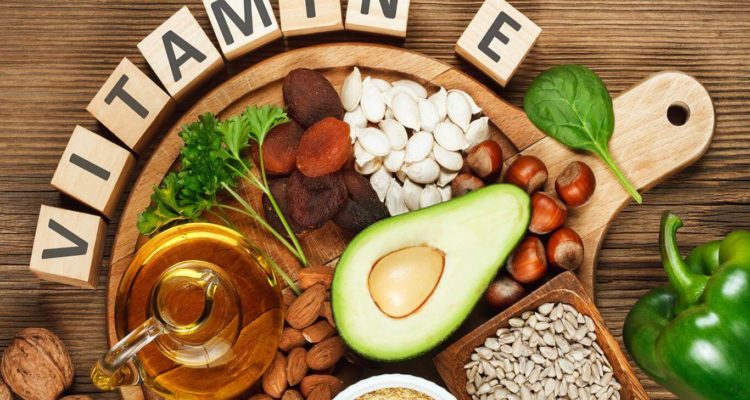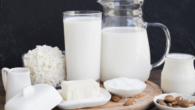
What is the benefit of vitamin E and in which products can it be found
0
Deficiency is unlikely , but it's better to play it safe.
Why you need vitamin E
Vitamin E, or tocopherol, is an antioxidant that protects cells from damage by free radicals. The latter appear in the body during natural metabolism, as well as under the influence of cigarette smoke, ultraviolet light and other adverse environmental factors.
Vitamin E performs many other functions:
- strengthens the immune system;
- helps form erythrocytes, expands blood vessels and prevents too active blood clotting;
- takes participation in the metabolism of vitamin K;
- regulates the metabolism in body cells.
How much vitamin E is needed
For day, each person needs a certain amount of tocopherol, which depends on age and other factors:
- children under 6 months – 4 mg;
- from 7 to 12 months – 5 mg;
- from one to 3 years – 6 mg;
- from 4 to 8 years – 7 mg;
- from 9 to 13 years – 8 mg;
- teenagers 14-18 years old, adults, pregnant women – 15 mg;
- nursing mothers – 19 mg.
Which foods contain a lot of vitamin E
Experts believe that the need for tocopherol is best met by natural products. First of all, the following.
1. Oils
Any vegetable oil has a lot of vitamin E. For example, 100 g of sunflower contains 457% of the daily norm for an adult; in 100 g of olive – 139%; peanut – 100%. Rapeseed, linseed, soybean and corn oils are no less useful.
2. Nuts
They contain a lot of oils, so vitamin E is also sufficient. Here are the nuts richest in tocopherol:
- Almonds – 100 g contains 126% of an adult's daily requirement.
- Hazelnuts – 100%.
- Peanuts – 55% .
3. Seeds
It is no less useful. If you eat 100 g of sunflower seeds, you can get 171% of the daily need for tocopherol. And this amount of pumpkin seeds contains 14.5% of the daily dose of vitamin E.
4. Green leafy vegetables
They are far from oil and nuts, but still, 100 g of spinach contains 13% of the daily norm of tocopherol, and the same amount of broccoli contains 9%.
5. Avocado
It also contains vitamin E. If you eat 100 g of this product, you can get 14% of the daily value.
What will happen if there is a lack of vitamin E
This situation is very rare: most people get enough tocopherol from food. Deficiency can be observed only in conditions where the body is unable to digest and assimilate fats. For example, with Crohn's disease and cystic fibrosis.
If, after all, a person does not receive the required amount of tocopherol, his nerves and muscles are damaged, sensitivity in the hands and feet deteriorates, and control over body movements is lost. And some have vision loss. Another sign of deficiency is a decrease in immunity.
Can vitamin E be dangerous
Tocopherol contained in food is not toxic and will not harm. As well as vitamin E supplements in recommended doses.
Danger occurs only when a person consumes more than 1000 mg of tocopherol daily. Then there is a risk of bleeding due to blood thinning. Especially if at the same time the doctor prescribed drugs that reduce its clotting. So it is important to know the measure in everything.









Leave a Reply